Energy costs could drop $7 billion in the Central United States if the region adds 4 GW of battery storage to its grid, according to a new report commissioned from the American Clean Power Association and conducted by Aurora Energy Research.
The Southwest Power Pool (SPP), the regional transmission organization for the region, is projected to have the largest percentage peak load growth, 10.7%, over the next ten years of any regional transmission organization, according to Aurora’s analysis. The CAISO region is projected to have the second largest growth, at 7.6%.
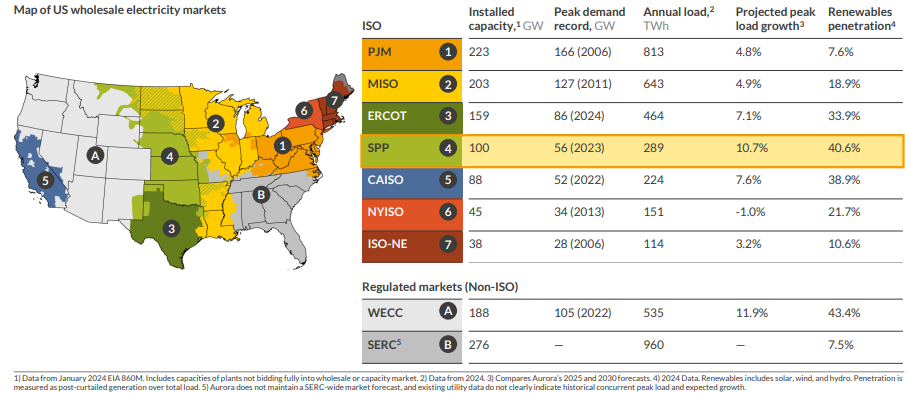
Image: ACP
According to Aurora, SPP has the country’s second-largest geographic footprint and the third-highest renewables penetration, most of which is wind generation. The grid operator serves all or parts of 15 states in the Central and Western United States. Regional transmission organizations are responsible for coordinating, controlling and monitoring the country’s multi-state electric grids.
Batteries help reduce peak pricing by dispatching energy during high-demand hours. According to the report, deploying a moderate amount of battery capacity over the next decade would decrease total system costs by $7 billion. Compared to a “no battery” scenario, a moderate amount of battery capacity would reduce daily peak prices by 10%, or $7 per MWh.
“Evening power prices could be 80% lower in SPP if the region can build out the battery storage central states need to ensure reliability,” said Noah Roberts, ACP vice president of Energy Storage.
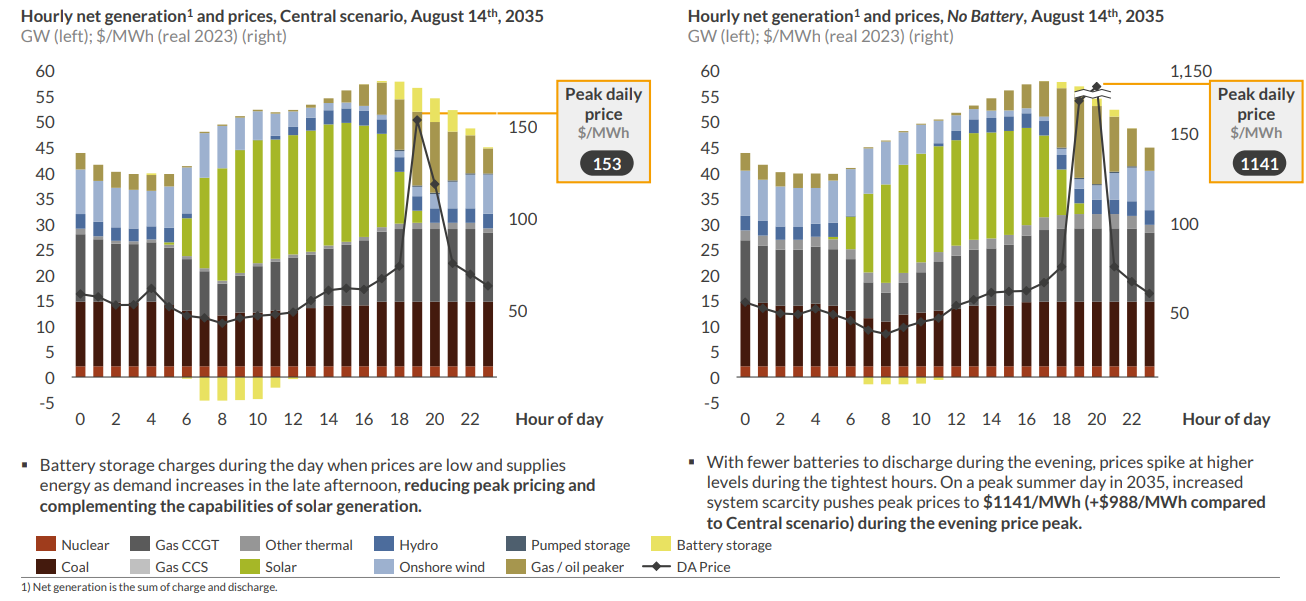
Image: ACP
However, without battery storage, the report said peak electricity prices during high-demand hours could increase by $988 per MWh by 2035. Additionally, the report found that with fewer batteries deployed, higher evening peak prices led to wholesale electricity prices that were an average $1.3 per MWh higher on average compared to the Central case by 2035.
Reliability investments usually increase energy costs, the report said. However, deploying 5 GW of storage could save the region more than $2.2 billion by 2035 while also ensuring reliable power for the Southern and Central states.
The analysis also estimated that overreliance on a single type of legacy energy infrastructure could add $7 billion in total system costs. Without energy storage, daily electricity prices could spike almost sixfold compared to a scenario with even a modest storage buildout, the report said.
A reduction in resource diversification and reliance on less efficient generation assets, such as peaker plants, leads to higher costs when demand peaks, the report said.
“Without the dampening effect of batteries on peak pricing, each MWh of electricity provided by peakers will cost more on average,” the report said. By 2039, the the average price of peaker electricity weighted by generation costs was $22.90 per MWh more in the “no battery” scenario.
Stephanie Smith, Eolian’s chief operating officer, said the SPP is projected to see the fastest growth in energy demand across the country. “By streamlining their process for energy connection, SPP can unleash the power of batteries to store and supply excess, otherwise unused energy, to give consumers the power they need at costs that are affordable.”
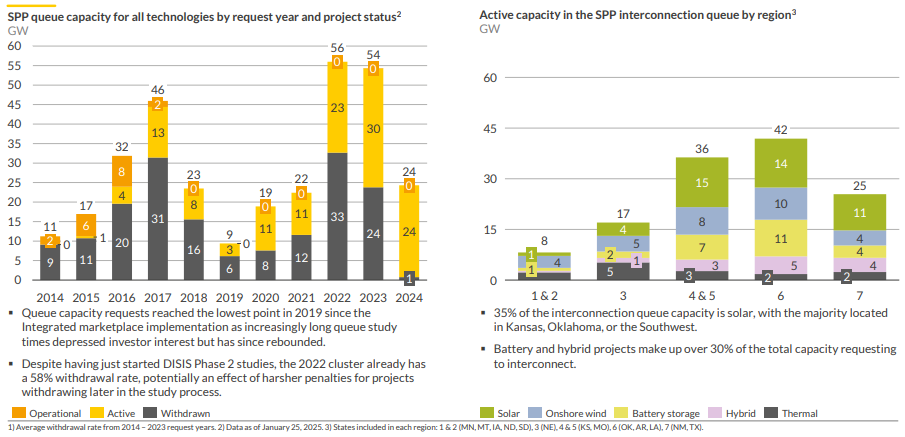
Image: ACP
The SPP region has barely 1 GW of energy storage across the entire region, but there are hundreds of energy storage projects currently in its interconnection queue, according to the report. Given the volume and stage of the interconnection requestions, Aurora said it projects over 4 GW of battery-storage buildout by 2030 from the projects currently in the interconnection queue, with a total of 5 GW of energy storage capacity online by 2035.
While grid-scale batteries can be deployed quickly, the report said there are several barriers that continue to delay development. Historically, 58% of projects that entered the SPP queue have ultimately withdrawn.
Energy projects in the SPP interconnection queue must work through lengthy permitting and regulatory reviews. “These projects represent billions of dollars in economic investment, grid infrastructure upgrades, and energy cost savings, as well as thousands of local jobs,” the report said.
This content is protected by copyright and may not be reused. If you want to cooperate with us and would like to reuse some of our content, please contact: editors@pv-magazine.com.
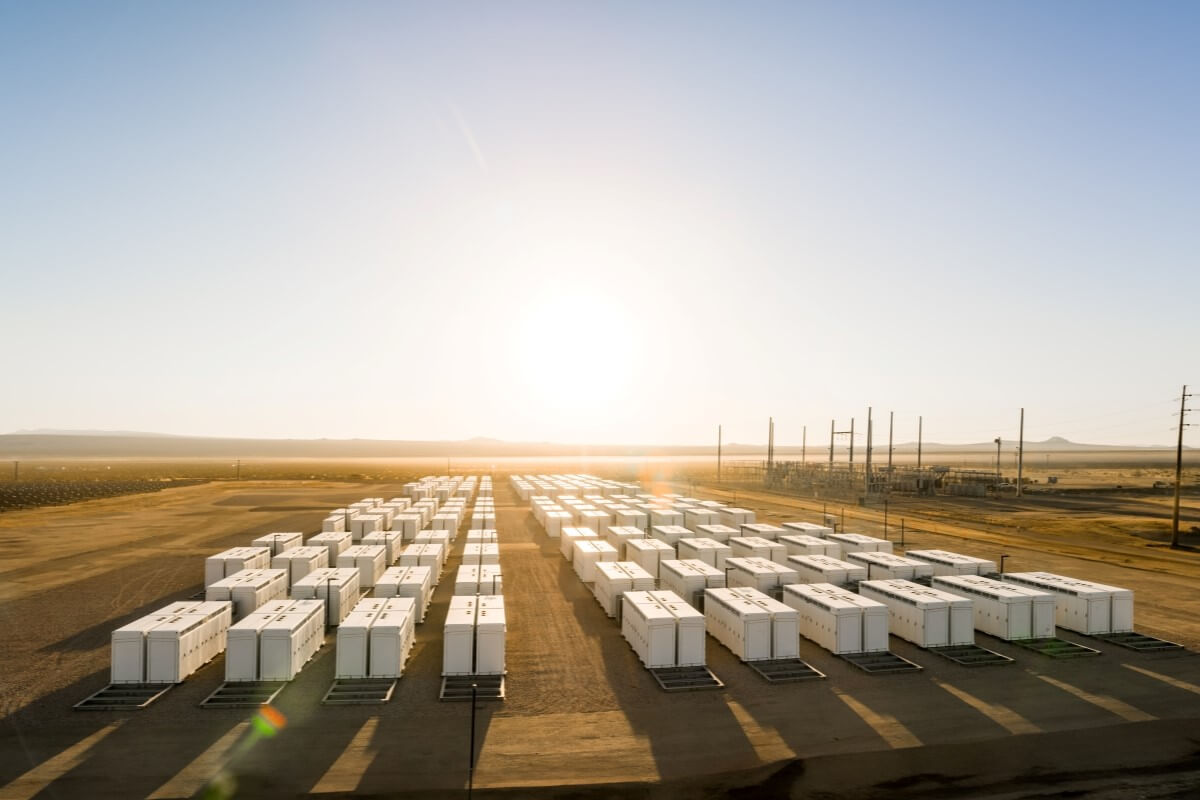
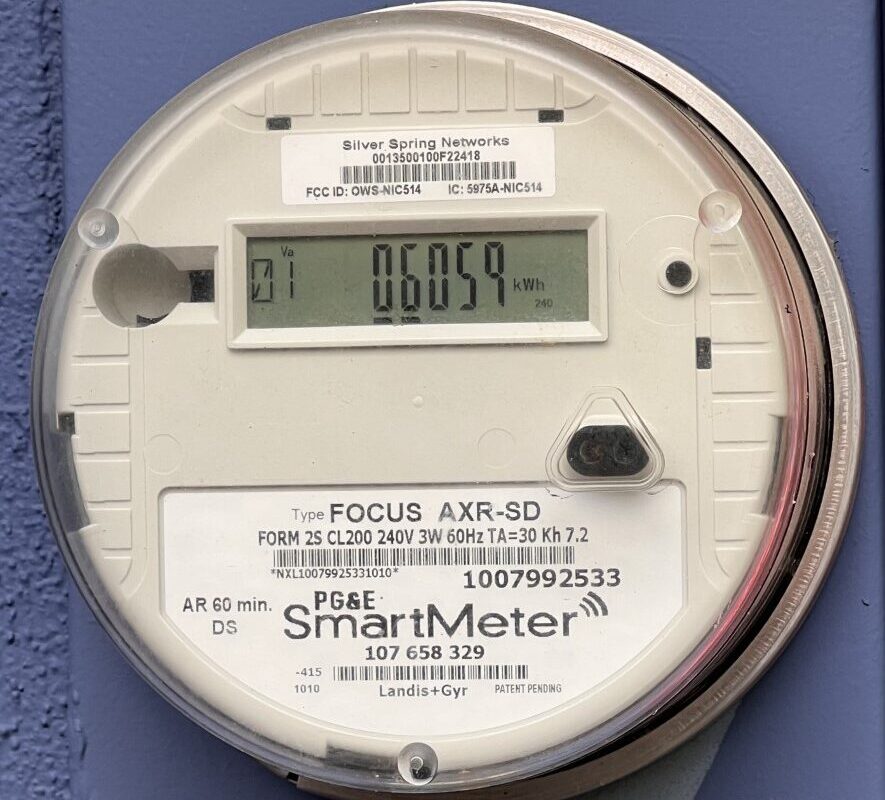


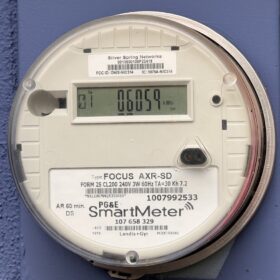
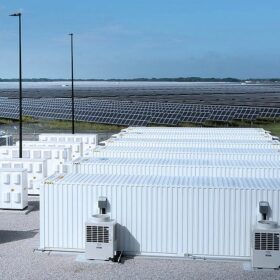
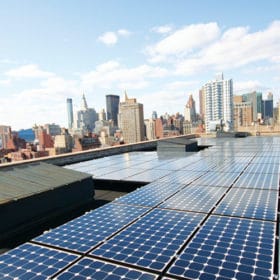


By submitting this form you agree to pv magazine using your data for the purposes of publishing your comment.
Your personal data will only be disclosed or otherwise transmitted to third parties for the purposes of spam filtering or if this is necessary for technical maintenance of the website. Any other transfer to third parties will not take place unless this is justified on the basis of applicable data protection regulations or if pv magazine is legally obliged to do so.
You may revoke this consent at any time with effect for the future, in which case your personal data will be deleted immediately. Otherwise, your data will be deleted if pv magazine has processed your request or the purpose of data storage is fulfilled.
Further information on data privacy can be found in our Data Protection Policy.